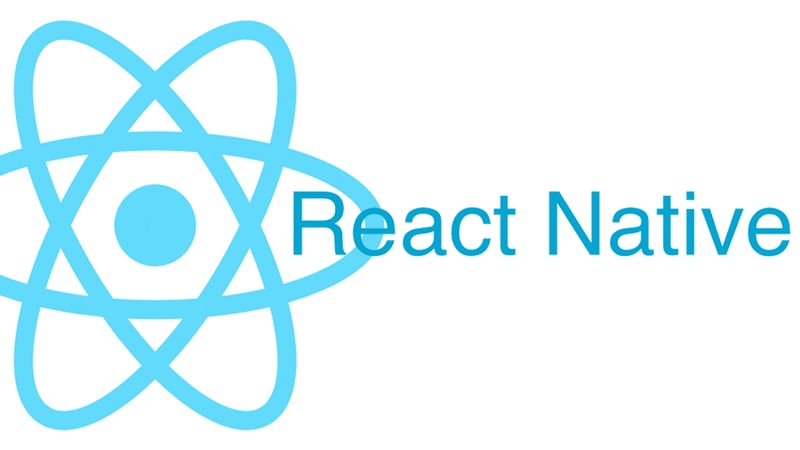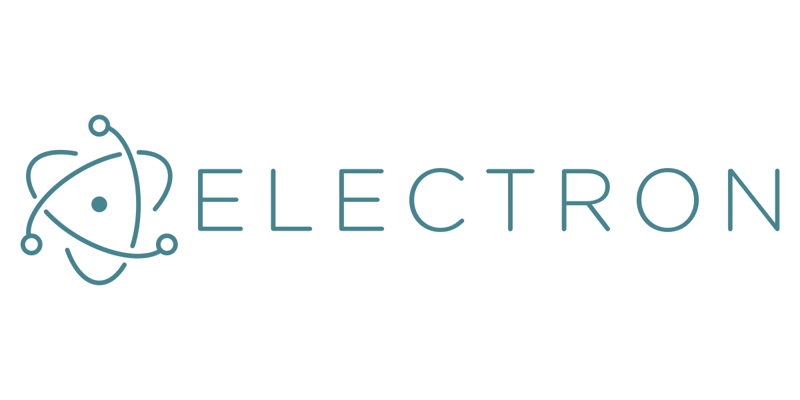Navigating Cross-Platform Development: A Comparative Analysis of React Native, Xamarin, Flutter, and Electron

Judah Dasuki
Posted on February 28, 2024

Introduction
In the realm of cross-platform development, the choice of framework and tools plays a pivotal role in determining the success of a project. With a multitude of options available, developers often face the challenge of selecting the most suitable framework that aligns with their project requirements. In this article, we'll conduct a comprehensive evaluation of four popular cross-platform development frameworks: React Native, Xamarin, Flutter, and Electron. By weighing their pros and cons in terms of performance, scalability, and ease of maintenance, we aim to provide developers with valuable insights to facilitate informed decision-making.
React Native
React Native, backed by Facebook, has gained widespread popularity for its ability to build native-like mobile applications using JavaScript. Its key features include:
- Pros
- Rapid development with hot reloading for quick iterations.
- Access to a vast ecosystem of JavaScript libraries and components.
Near-native performance through platform-specific components.
Cons
Limited access to native functionalities, requiring third-party modules for complex features.
Performance overhead due to JavaScript bridge for native interactions.
Challenges in maintaining consistency across different platforms.
Xamarin
Developed by Microsoft, Xamarin allows developers to create cross-platform applications using C# and .NET. Its strengths and weaknesses include:
- Pros
- Full access to native APIs and functionalities, enabling seamless integration with platform-specific features.
- Code sharing capabilities up to 90%, reducing development time and effort.
Robust performance comparable to native applications.
Cons
Steeper learning curve for developers unfamiliar with C# and .NET.
Limited community support and fewer third-party libraries compared to other frameworks.
Platform-specific bugs and inconsistencies may arise.
Flutter
Flutter, an open-source UI toolkit by Google, empowers developers to create natively compiled applications for mobile, web, and desktop from a single codebase using Dart. Its merits and drawbacks include:
- Pros
- High-performance rendering with its own rendering engine, Skia.
- Hot reload functionality for real-time updates and rapid prototyping.
Comprehensive widget catalog and customizable UI elements.
Cons
Smaller ecosystem compared to more established frameworks.
Limited native functionalities and platform-specific integrations.
Potential challenges in integrating with existing native codebases.
Electron
Electron enables developers to build cross-platform desktop applications using web technologies such as HTML, CSS, and JavaScript. Its features and limitations comprise:
- Pros
- Wide compatibility across major operating systems, including Windows, macOS, and Linux.
- Familiar web development tools and workflows for front-end developers.
Extensive community support and a plethora of third-party plugins.
Cons
Higher memory consumption and performance overhead compared to native applications.
Lack of access to low-level system APIs may hinder performance optimization.
Security vulnerabilities due to the use of web technologies for desktop applications.
Conclusion
In conclusion, each cross-platform development framework offers a unique set of advantages and challenges. The decision-making process should be guided by factors such as project requirements, developer expertise, and long-term scalability. While React Native excels in rapid prototyping and community support, Xamarin stands out for its seamless integration with native platforms. Flutter boasts high-performance UI rendering and hot reload functionality, while Electron provides a familiar web development environment for building desktop applications. By carefully evaluating the pros and cons of each framework, developers can make informed choices that align with their project goals and objectives, ultimately leading to successful cross-platform development endeavors.

Posted on February 28, 2024
Join Our Newsletter. No Spam, Only the good stuff.
Sign up to receive the latest update from our blog.




